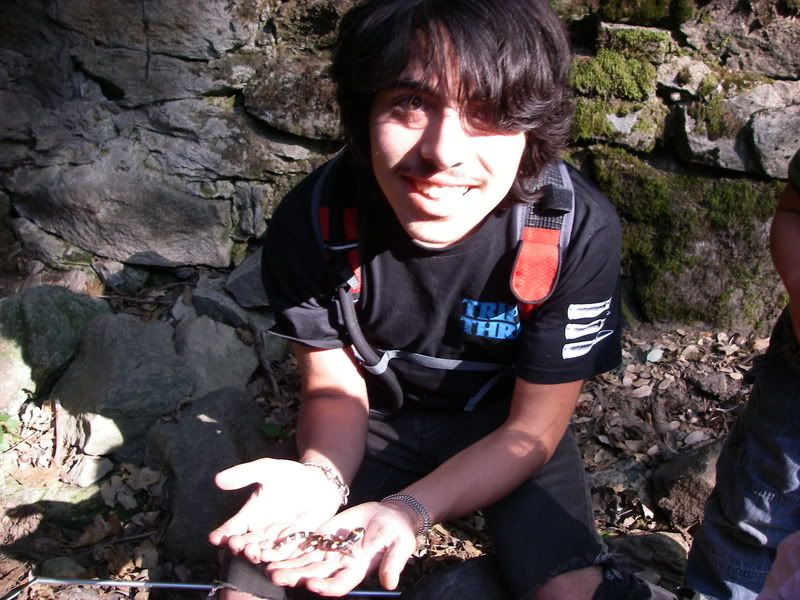caudataman
Member
First, I want to express my concern for our Caudata.org members and their families who may be coping with the fire disaster that is affecting large parts of California. My thoughts and prayers are with you!
Have there been any published papers on survival strategies for caudates in disaster affected areas of the Pacific, notably southern CA fire survival for such species as Aneides lugubris and the Ensatina complex? What about survival and/or recovery from volcanic activity such as the Mt. St. Helens disaster? I suspect that the fleet of foot, such as mammals might be able to avoid fires, but can amphibians burrow deep enough, fast enough, to allow the fires to pass over them safely? Just something that came to mind...
Have there been any published papers on survival strategies for caudates in disaster affected areas of the Pacific, notably southern CA fire survival for such species as Aneides lugubris and the Ensatina complex? What about survival and/or recovery from volcanic activity such as the Mt. St. Helens disaster? I suspect that the fleet of foot, such as mammals might be able to avoid fires, but can amphibians burrow deep enough, fast enough, to allow the fires to pass over them safely? Just something that came to mind...


 Lungless Salamander Group
Lungless Salamander Group